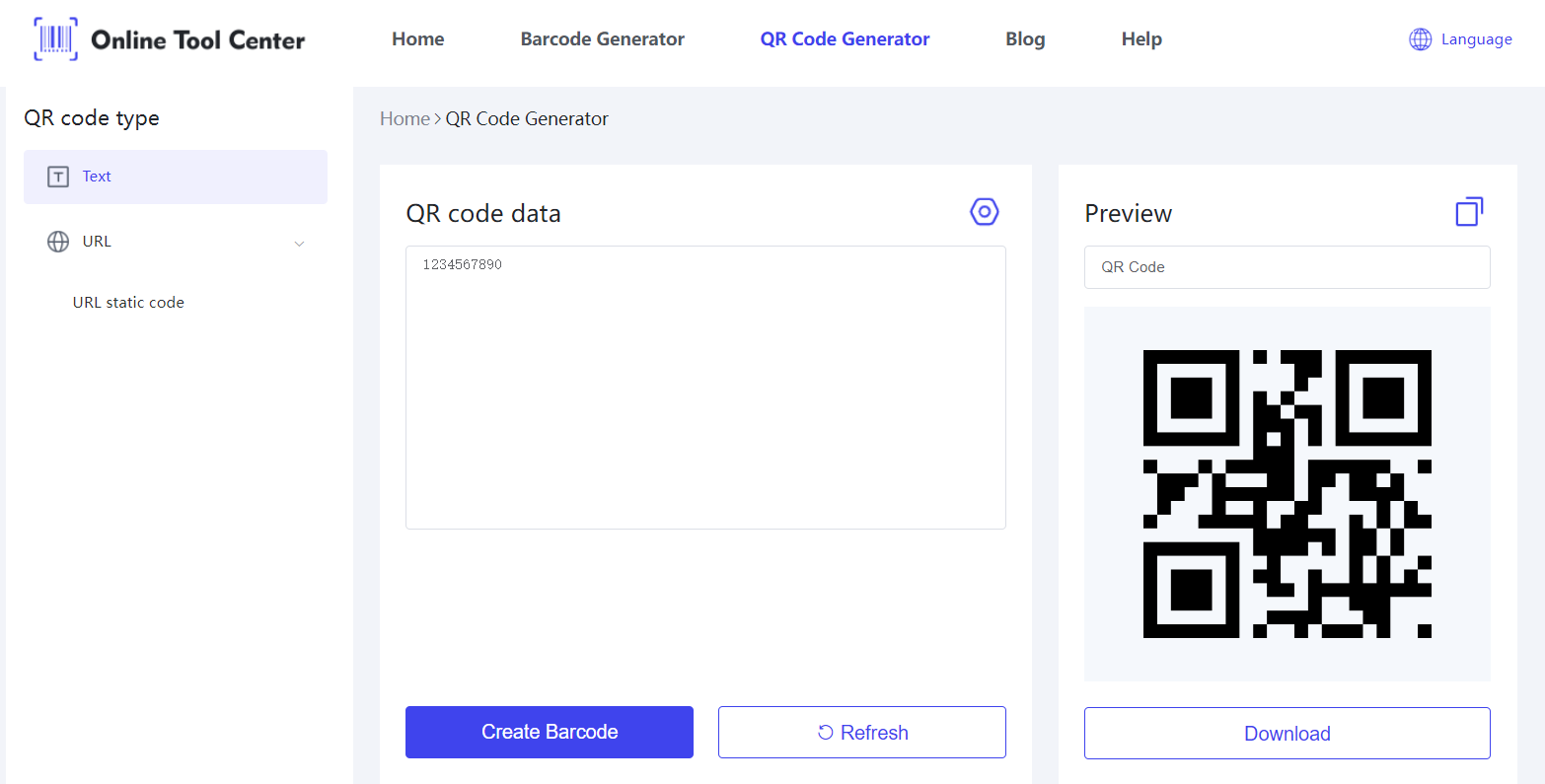In recent years, the healthcare industry has experienced a significant technological transformation, with Quick Response (QR) codes at the forefront of this evolution. Initially developed for tracking automotive parts, QR codes are now pivotal in enhancing operational efficiency, patient care, and data management in healthcare settings.
Statistical Data on QR Code Usage in Healthcare
While specific statistics on QR code usage in healthcare are sparse, a general trend toward digital solutions indicates a growing adoption rate. Research suggests that the implementation of digital tools like QR codes in healthcare settings can lead to a 30% reduction in administrative time and costs, demonstrating their effectiveness in modern medical practices.
Benefits of QR Codes in Healthcare
1. Enhanced Patient Data Management
QR codes drastically improve the accuracy and accessibility of patient data. By scanning a QR code, healthcare providers can instantly access patient records, reducing wait times and the risk of data mishandling.
2. Streamlining Hospital and Clinic Workflows
From admission to discharge, QR codes facilitate smoother transitions through different care stages, thereby optimizing the overall workflow and enhancing patient throughput.
3. Improving Patient Engagement and Communication
QR codes are instrumental in improving communication with patients, offering an easy means for patients to access their health records, test results, and treatment plans, fostering a proactive approach to health management.
Case Studies
In a notable instance, a large hospital in Texas integrated QR codes to manage patient records and medication schedules. This integration resulted in a 40% improvement in patient handling efficiency and a significant reduction in medication errors.
How QR Codes are Used in Healthcare Settings?
1. QR Code for Patient Identification and Records Access
Patients are issued QR code badges that link directly to their digital health records, allowing any provider immediate access to crucial health information.
2. QR Code for Appointment Scheduling and Reminders
Healthcare facilities are using QR codes on appointment cards and digital communications to remind patients of upcoming visits, reducing no-show rates effectively.
3. QR Code in Emergency Care and Critical Information Access
Emergency responders use QR codes to access critical medical information, ensuring immediate and appropriate care during emergencies.
4. Integrating QR Code with Mobile Health Apps and Telehealth Services
QR codes link patients directly to telehealth platforms, streamlining virtual visits and remote health monitoring.
QR Code Generator for Healthcare
Here is a step-by-step guide to create a healthcare QR Code:
Step 1: Define the scope
Determine what information will be encoded in the QR codes.
Step 2: Choose a QR code generator
Use onlinetoolcenter.com's QR Code generator for compliant and secure QR code creation.

Step 3: Deploy QR codes
Integrate QR codes into patient ID cards, medical records, and appointment systems.
Step 4: Educate Staff and Patients
Provide training on how to use QR codes effectively.
Best Practices
● Ensure QR codes are easily accessible and scan-friendly.
● Regularly update the encoded information to maintain accuracy.
Overcoming Challenges and Limitations
The primary challenge in implementing QR codes is ensuring all patient interactions are secure and private. Regular audits and updates to the QR system can mitigate potential security risks.
Innovations in QR code technology continue to evolve, with AI and machine learning expected to further enhance the usability and functionality of QR codes in healthcare.
All in all, QR codes offer a solution for modernizing healthcare practices, improving efficiency, and enhancing patient care. By adopting QR code technology, healthcare providers can ensure better data management and patient engagement.
Embrace the future of healthcare with QR code technology. Explore our QR code generator to meet your healthcare needs, ensuring compliance, security, and efficiency.
FAQs
1. What are the main uses of QR codes in healthcare?
QR codes are extensively used in healthcare for various critical functions that enhance operational efficiency and patient care.
One primary use is patient identification, where QR codes on wristbands or ID cards instantly provide access to patient records, treatment histories, and medication schedules.
They are also employed for appointment scheduling and reminders, helping reduce the incidence of missed appointments.
Moreover, QR codes streamline workflows by facilitating quick access to critical health information, thus speeding up decision-making processes in emergencies.
2. Are QR codes secure enough for sensitive healthcare information?
QR codes, when implemented with robust security protocols, can be secure enough to handle sensitive healthcare information.
Modern QR code systems incorporate encryption and secure data storage to protect the data encoded within the QR code.
Healthcare providers using QR codes must ensure compliance with health data protection regulations, such as HIPAA in the United States, which mandates stringent security measures to safeguard patient information.





